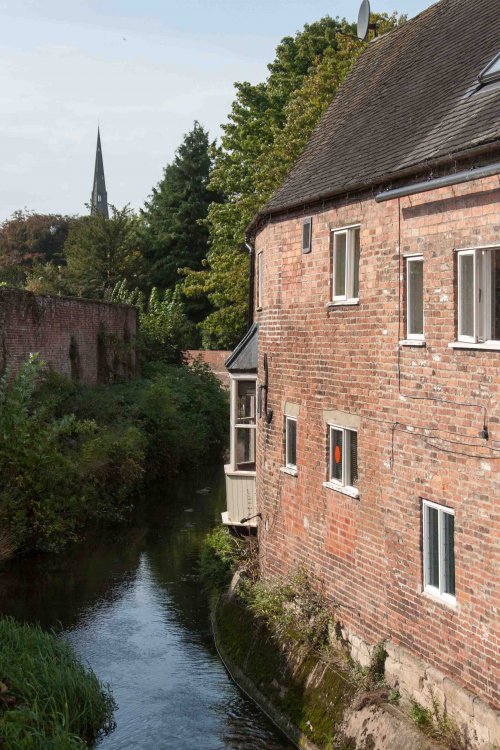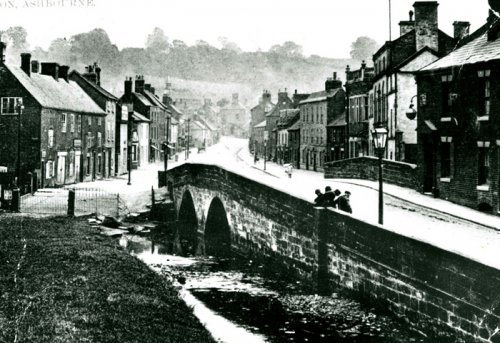In the 13th Century the areas of Ashbourne and Compton, either side of the Henmore Brook, were separate places - almost like two opposing sides - perhaps that explains the competitive nature of Ashbourne
The bakers and brewers of Ashbourne complained to the King’s Justices who visited Derbyshire in 1274/5 about a number of issues where they felt unfairly treated. Ashbourne was a Royal Manor and was obliged to comply with the Assize of Bread and Ale which regulated the price of bread and ale. It seems that Compton tradesmen did not. The traders complained that “from the other side of the water of Esseburne, called Schole Brook, in the Wapentake of Lutchyrch,” “there is a certain township called Campdene Street, which ought to be as it were a country village: and that men remain in the said township, and sell bread and ale, contrary to the Assize”. “They put the said bread for sale into their windows, and they use the aforesaid stamp for bread, for bottles, and for bushels, without warrant.”
Compton today is just an area of Ashbourne but centuries ago it was an area whose traders were able to undercut the prices of traders in Ashbourne.
This brook is the boundary between Ashbourne and Compton, which was called Scolebrook as early as 1226. From the 1600s onwards it has tended to be called Henmore Brook.
Compton House is the most substantial building in Compton. It is a Georgian house built around 1766 for Francis Beresford. The architect was the well known Derbyshire architect, Joseph Pickford.











